Membrane Transporter/Ion Channel
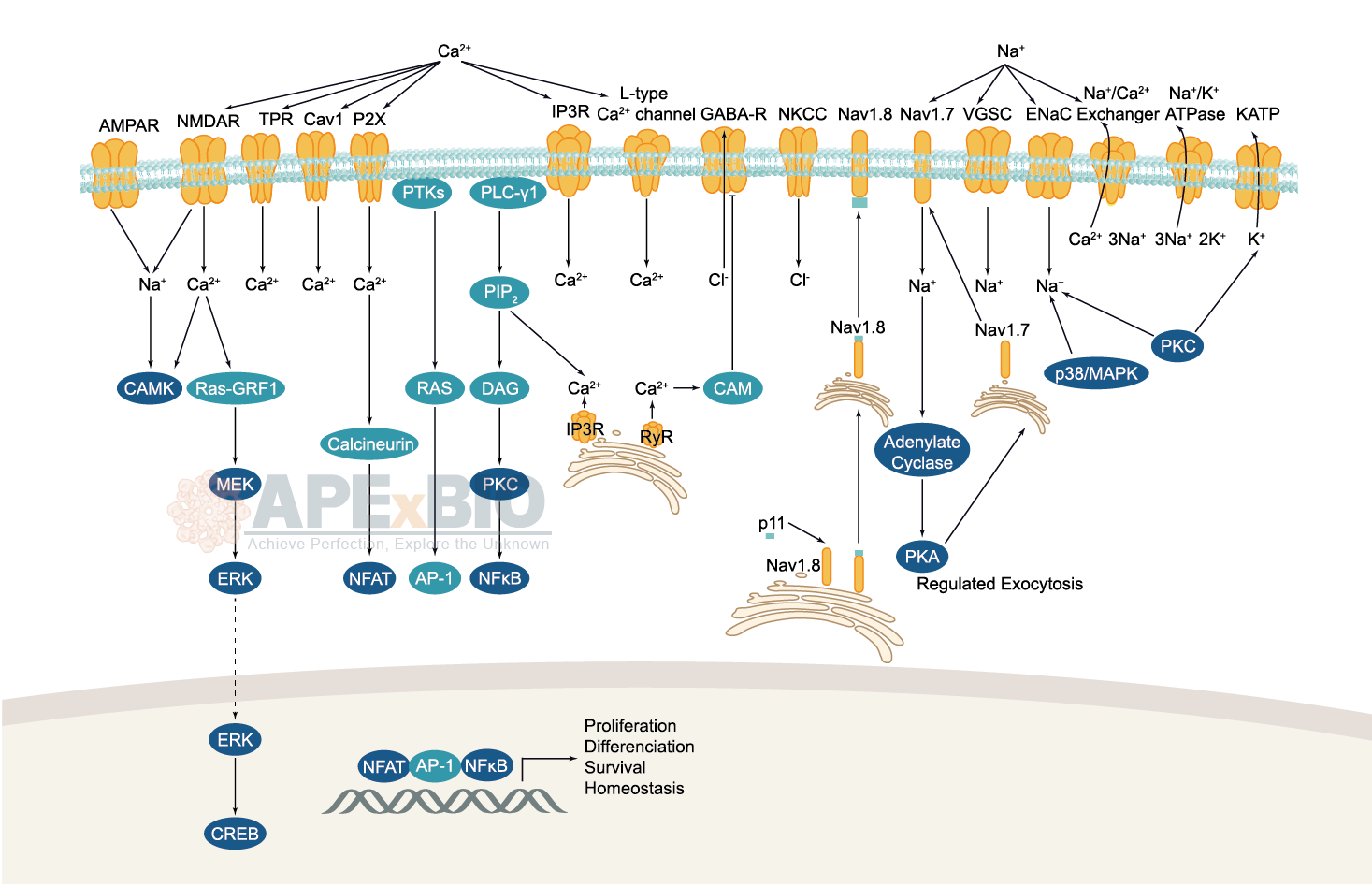
Ion channels are pore-forming membrane proteins which allow the flow of ions across the membrane. The ion channels can be broadly grouped into six families including calcium channels, chloride channels, potassium channels, sodium channels, gap junction proteins and porins. Not all ion channels are gated, such as certain type of K+ and Cl– channels, transient receptor potential superfamily of cation channels, the ryanodine receptors and the IP3 receptors, but most Na+, K+, Ca2+ and some Cl– channels are all gated by voltage. Ligand-gated channels are regulated in response to ligand binding (e.g. neurotransmitters signaling). These ligand-gated neurotransmitter receptors are known as ionotropic receptors. Various neurotransmitters couple to ionotropic receptors such as glutamate, acetylcholine, glycine, GABA, and serotonin.
-
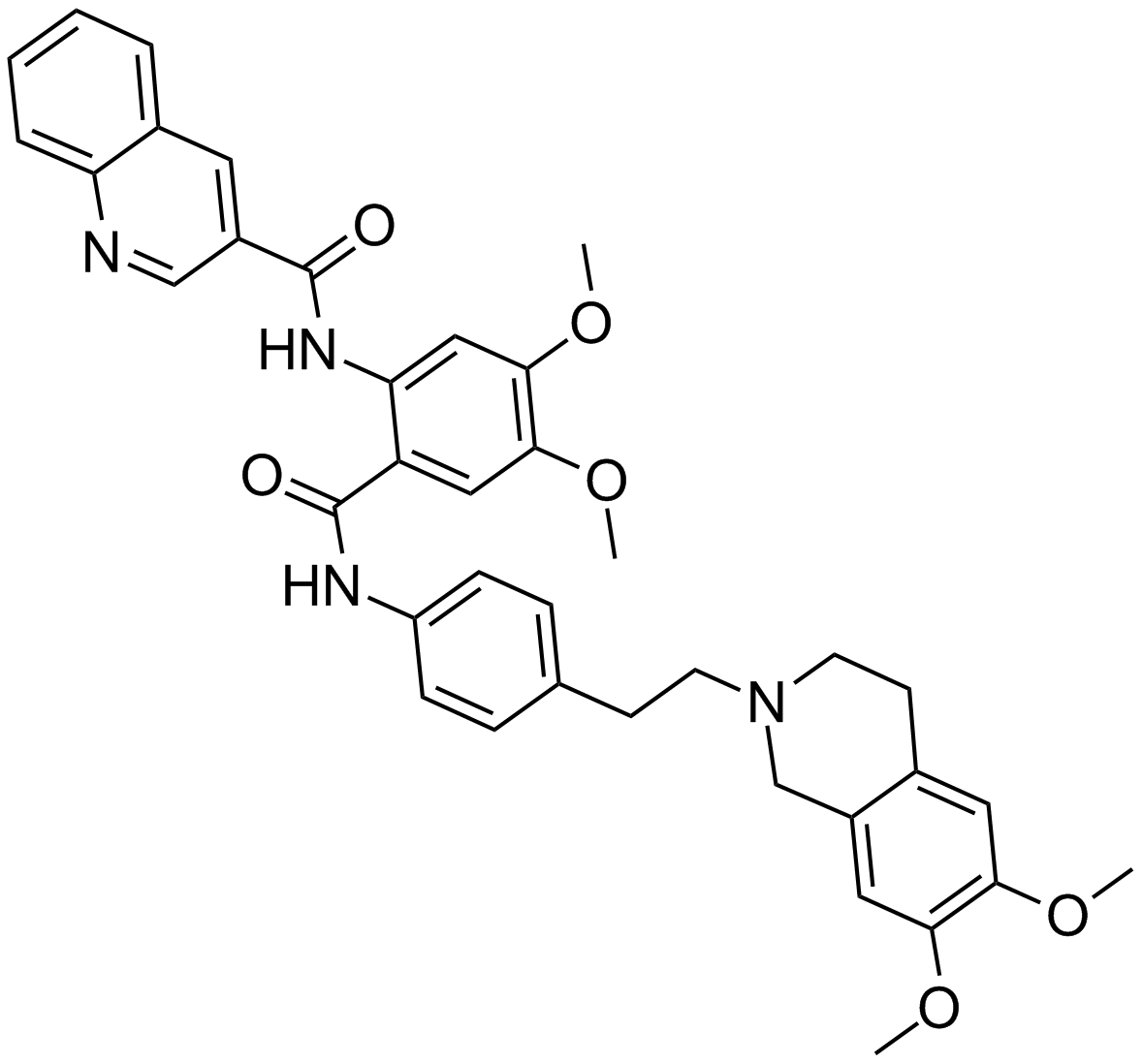 A8208 Tariquidar2 CitationTarget: P-glycoprotein (P-gp)Summary: P-glycoprotein inhibitor,potent and non-competitive
A8208 Tariquidar2 CitationTarget: P-glycoprotein (P-gp)Summary: P-glycoprotein inhibitor,potent and non-competitive -
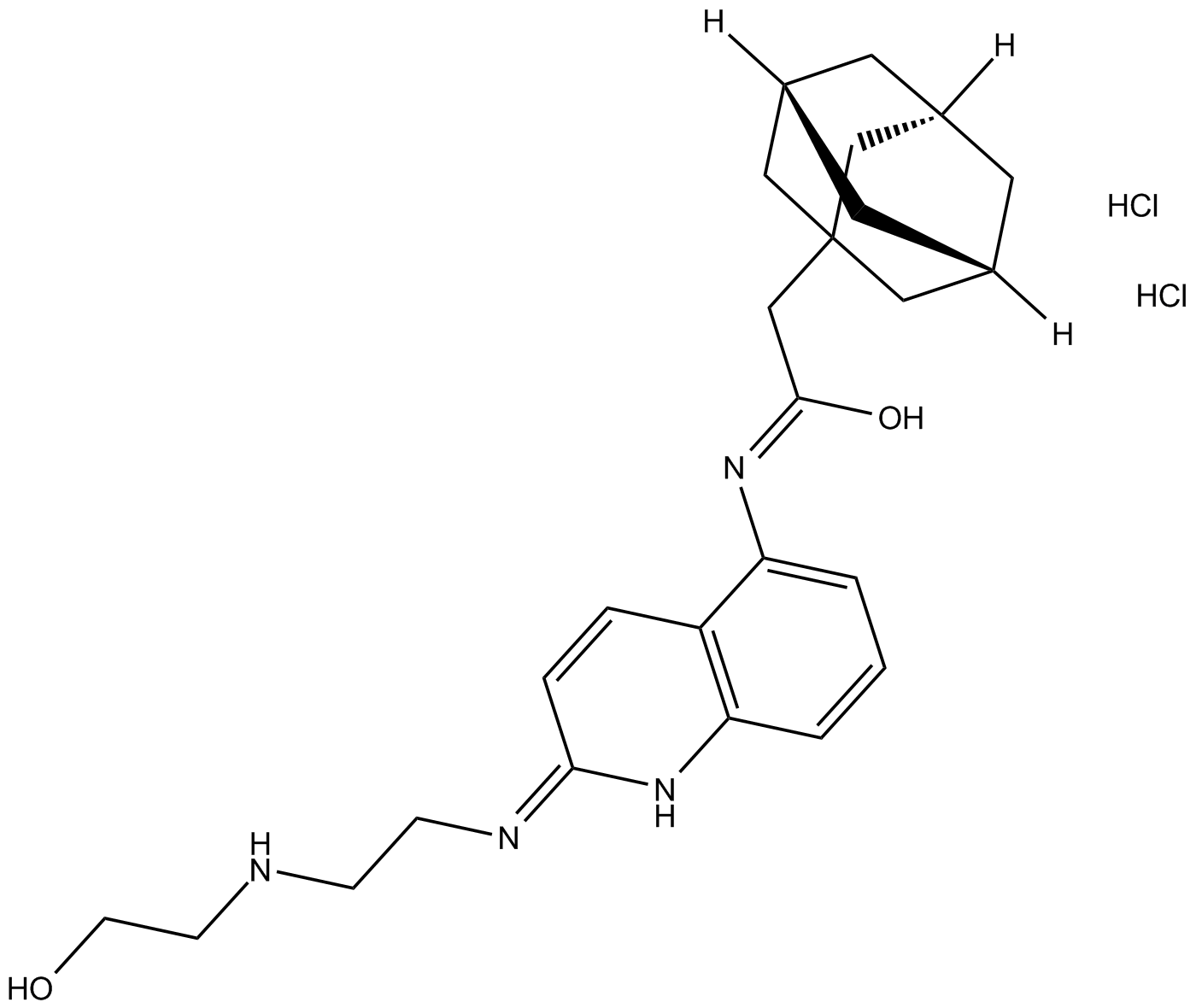 B5410 AZ 10606120 dihydrochlorideTarget: P2X ReceptorsSummary: Potent P2X7 receptor antagonist
B5410 AZ 10606120 dihydrochlorideTarget: P2X ReceptorsSummary: Potent P2X7 receptor antagonist -
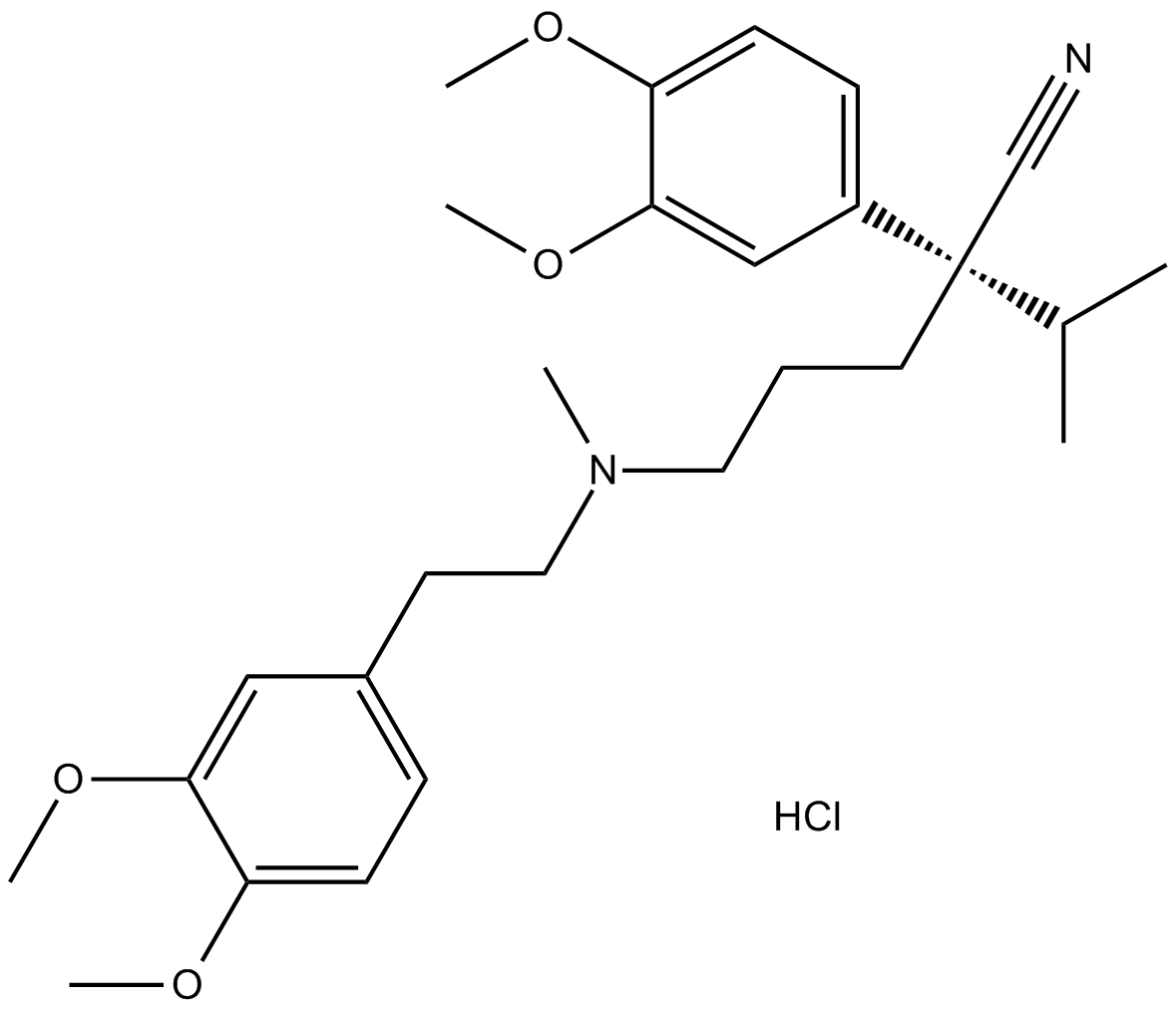 B1867 Verapamil HCl1 CitationTarget: Voltage-gated Calcium Channels (CaV)Summary: L-type calcium channel blocker
B1867 Verapamil HCl1 CitationTarget: Voltage-gated Calcium Channels (CaV)Summary: L-type calcium channel blocker -
 B2194 TolbutamideTarget: cAMP|Sulfonylurea receptorsSummary: first generation potassium channel blocker
B2194 TolbutamideTarget: cAMP|Sulfonylurea receptorsSummary: first generation potassium channel blocker -
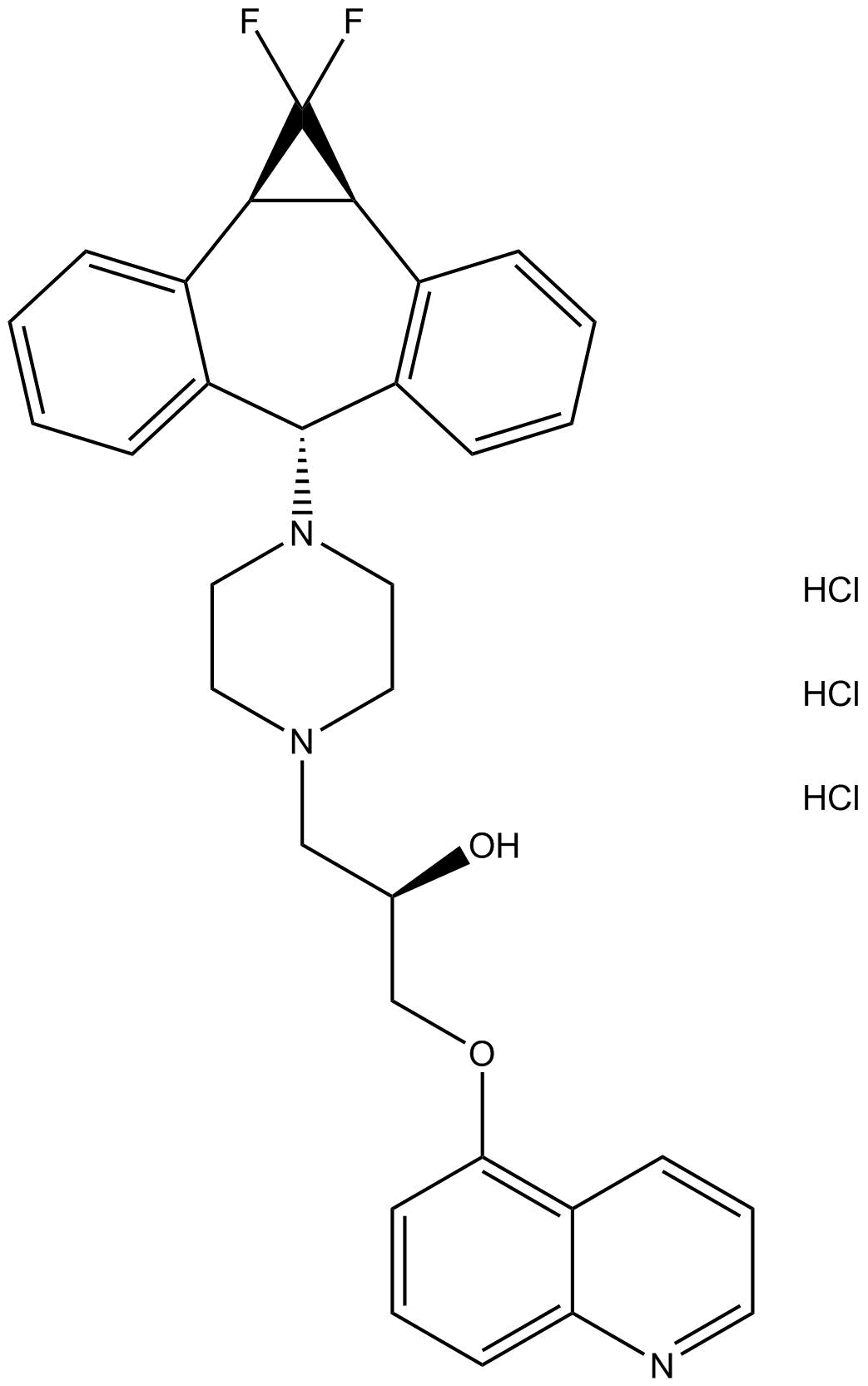 A8549 LY335979 (Zosuquidar 3HCL)1 CitationTarget: P-glycoprotein (P-gp)Summary: Pgp (P-glycoprotein) inhibitor
A8549 LY335979 (Zosuquidar 3HCL)1 CitationTarget: P-glycoprotein (P-gp)Summary: Pgp (P-glycoprotein) inhibitor

